
Get news, updates, & event Info delivered right to your inbox:
When you think about reforestation, bamboo may not be the first thing that comes to mind. And it’s true that bamboo isn’t technically a tree—but when planted in areas where it is native, it can be very beneficial. As the fastest growing plant on Earth, bamboo has incredible potential as a sustainable resource. Its woody stem makes it very tree-like, yet it also has unique properties. Learn more about this special plant!
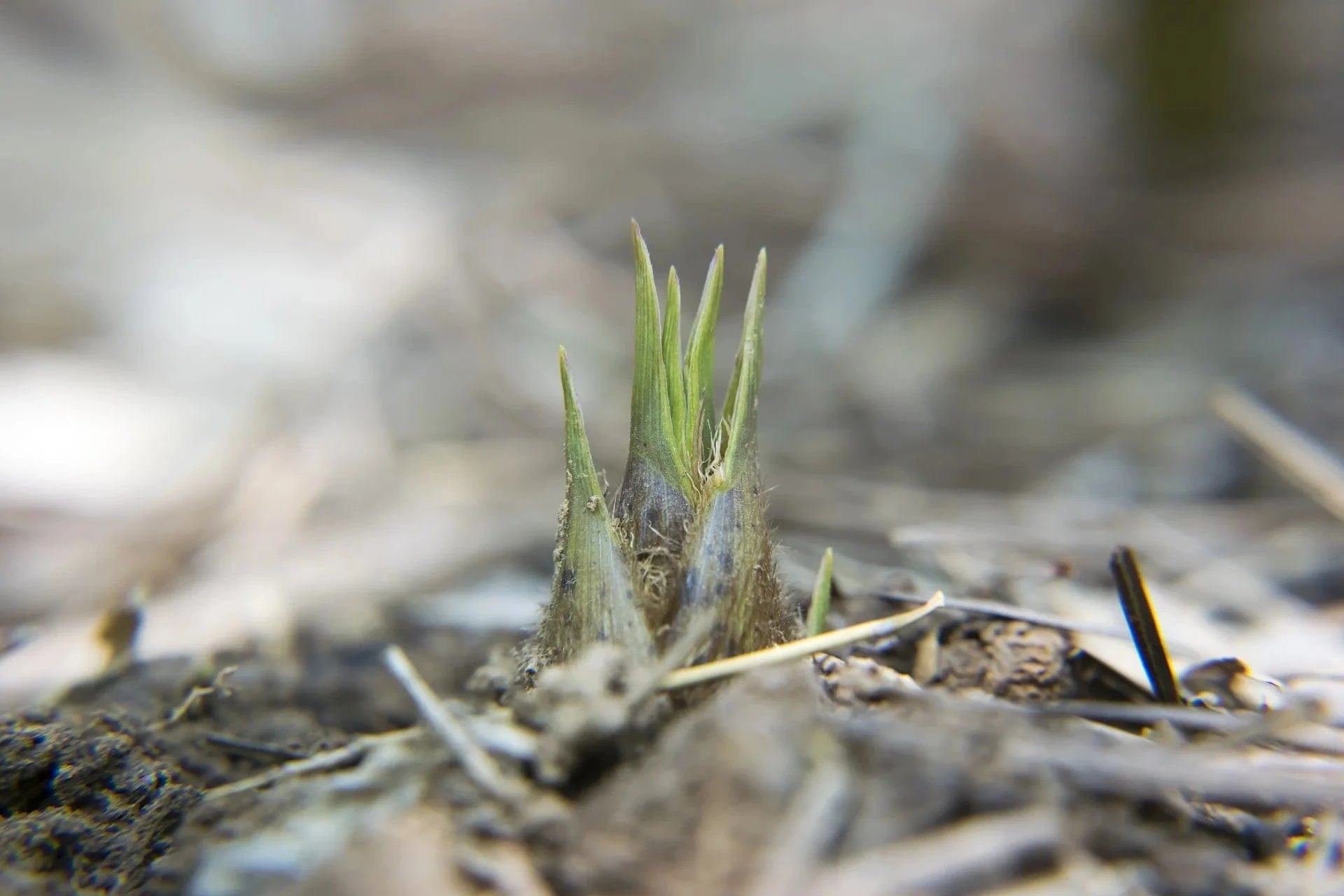
1. Bamboo Grows Fast - Like, Really Fast
According to Guinness World Records, the fastest growing species of bamboo can grow up to 91 cm (35 in) a day. That's about 1.45 inches an hour, so if you sit with bamboo for long enough, it might just grow before your eyes!
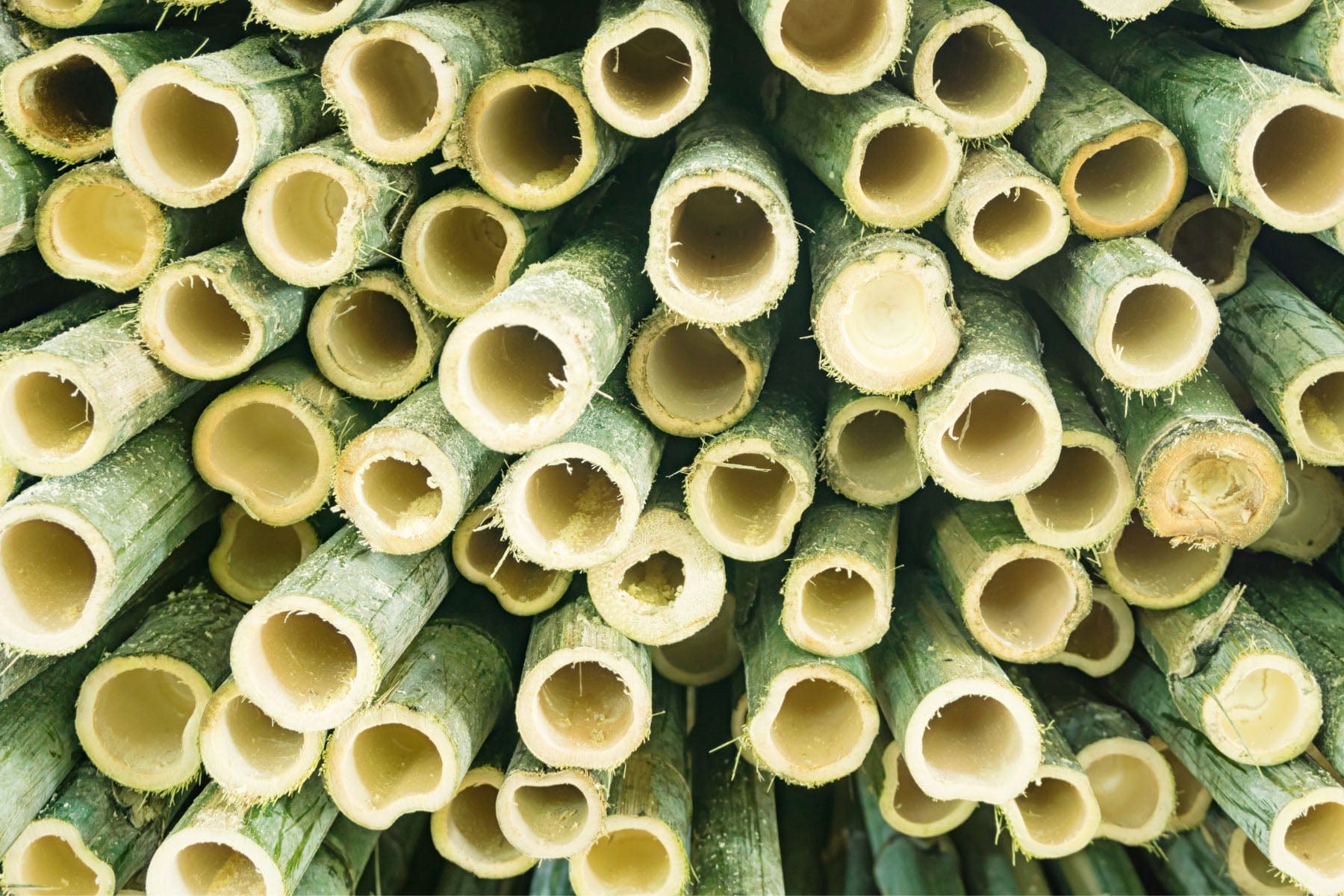
2. Bamboo Has Regeneration Superpowers
No, really! When done in the right way, cutting bamboo actually stimulates growth. Many species of bamboo mature in four to eight years; once plants reach maturity, they can be sustainably harvested as a perennial crop for 40+ years. Because only the aboveground parts are harvested, there is less soil disturbance, which helps maintain stability. What it all comes down to? A strong, healthy rhizome that encourages vigorous growth of new shoots.
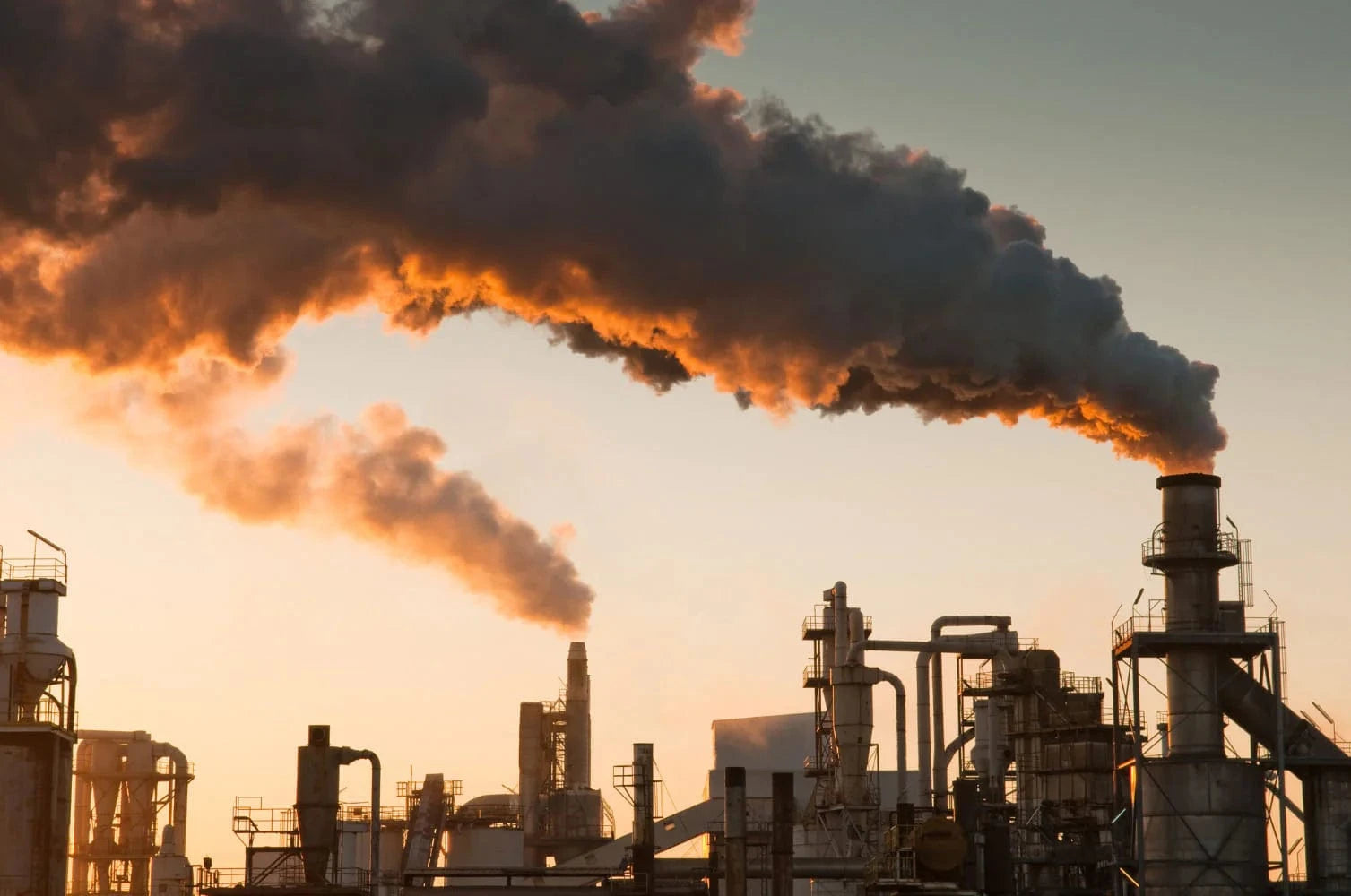
3. Bamboo Can Help Mitigate Significant Amounts of Carbon
Bamboo’s incredible growth rate is impressive, but that's not all that's impressive about the plant: it also has powerful potential for climate change mitigation. According to an analysis by Project Drawdown, "bamboo production can sequester 2.03 metric tons of carbon per hectare per year." This figure includes carbon that is stored in long-lived products made from harvested bamboo.
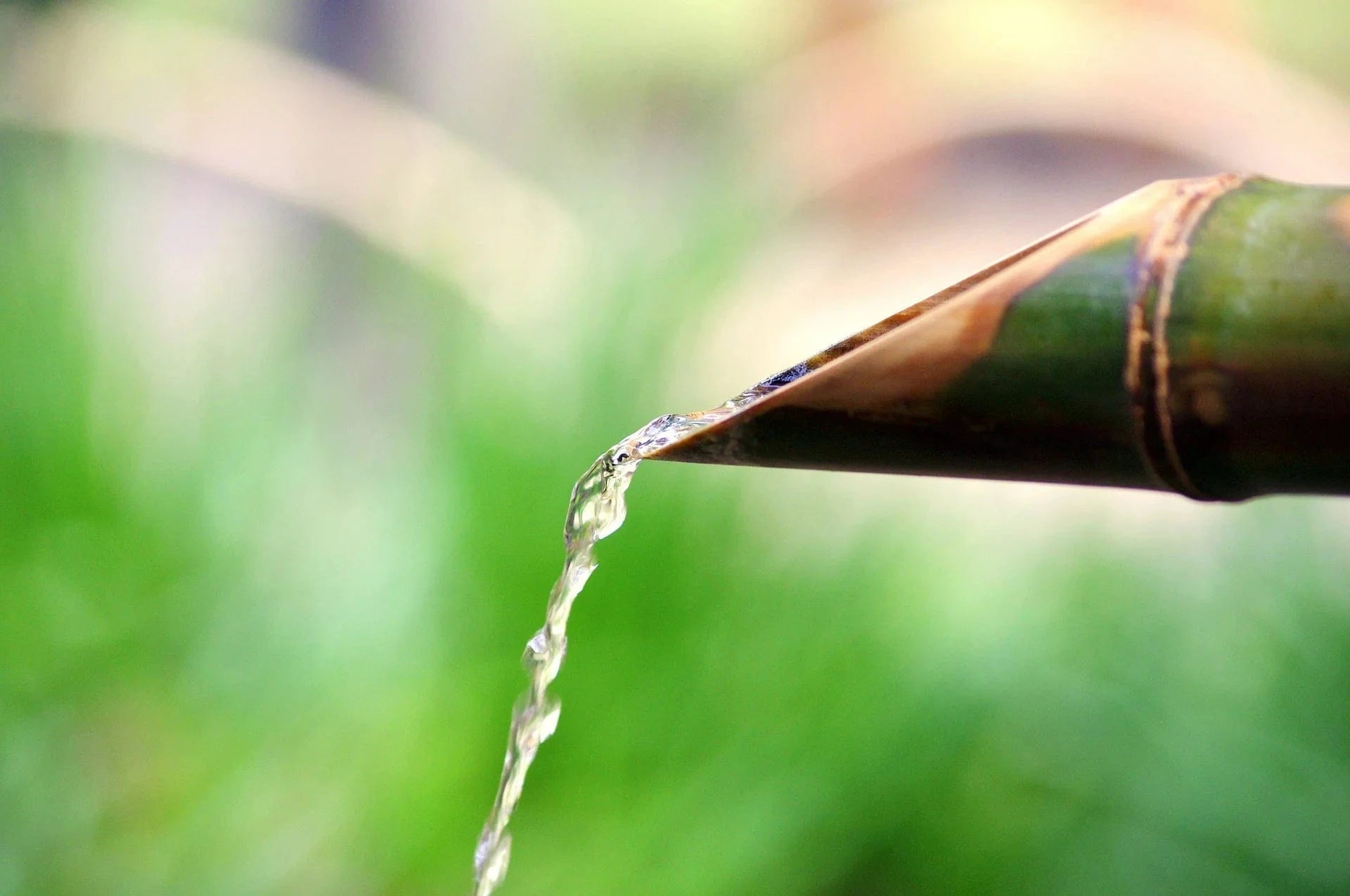
4. There are two main types of bamboo
The approximately 1,000 bamboo species in the world fall within two main categories: clumping and running. Clumping bamboos have roots that grow into clumps, which can become quite large over time. Running bamboos have long underground stems (rhizomes) that sprout new growth, enabling them to rapidly expand their reach. Some running bamboos are highly invasive, while clumping bamboos are considered far less so.
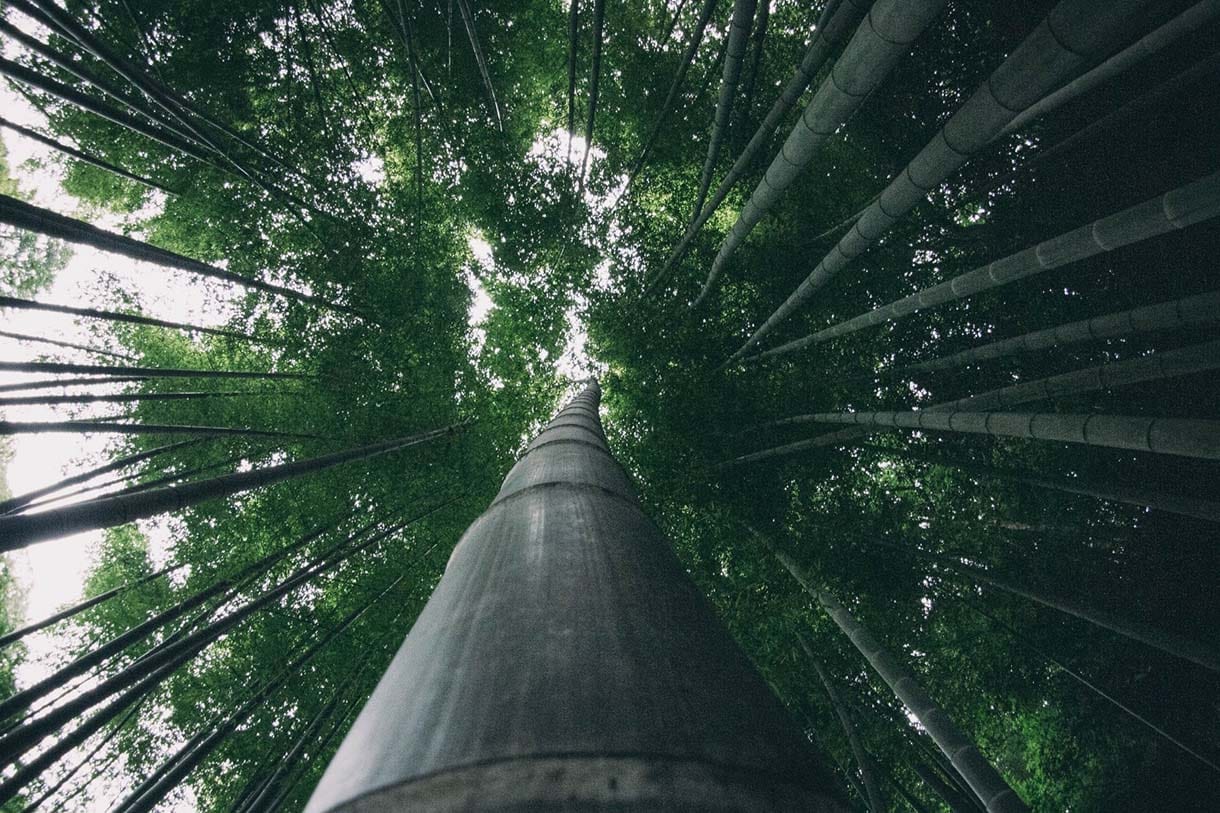
5. Bamboo is Really Strong and Flexible
Bamboo plants have hollow, but very strong stems that can grow up to 130 feet high with 1-foot-thick stems. With their hollow stems, there are able to grow to similar heights as trees, but much more quickly and using fewer resources. The largest bamboo stems can be used to create planks for building homes, while a combination of large and small stems can form the scaffolding found at construction sites.
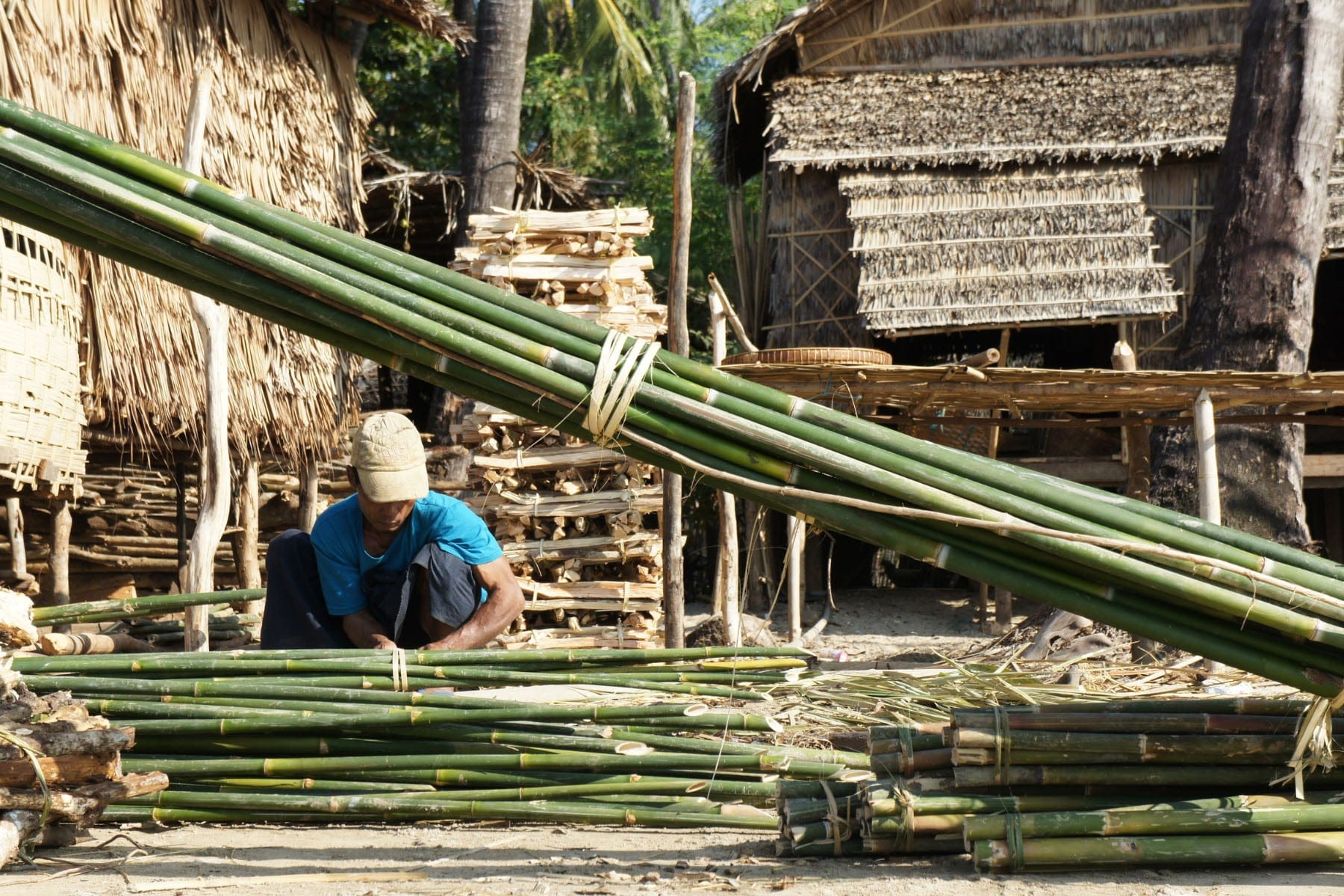
6. Bamboo Rarely Flowers
Since vegetative growth is their dominant reproductive strategy, most bamboo species flower and produce seeds just once in their lifetime—after 12-120 years of growth.
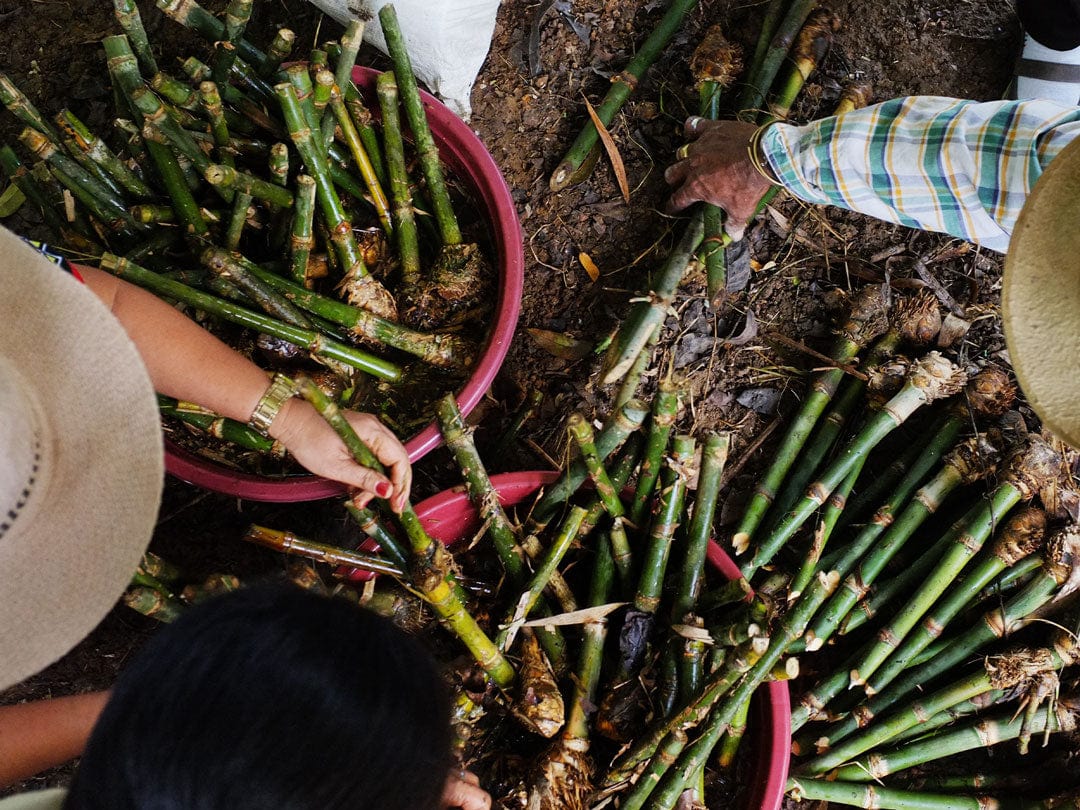
7. Bamboo Helps Women Economics
Seriously! The light weight of bamboo enables women to participate in the bamboo economy, giving them access to a potentially lucrative source of income. Some examples of products that can be made with this sustainable resource are: bamboo briquettes, bamboo flooring, charcoal, incense sticks, and furniture. Pretty amazing, right?

8. Bamboo Provides a Key Ingredient in Traditional Chinese Medicine
Fine-grained silica that is harvested from the joints of bamboo stems has been used for centuries as Tabasheer, a highly valued ingredient in Traditional Chinese Medicine. As part of formulations created by trained TCM practitioners, Tabasheer is said to be a potent ingredient — particularly in addressing "hot" conditions associated with phlegm and stagnation.
Is Bamboo Invasive?
It depends on which type we’re talking about. In the case of running bamboo, the rhizome grows horizontally away from the culm, and can indeed spread rapidly over large areas of land.
However, the rhizomes of clumping bamboo grow vertically, spreading upward and growing directly off of each other. Above-ground, this causes the new shoots to “clump” together — and thankfully, that means it isn't invasive.
It also depends on where you are and whether bamboo grows naturally in the region. It is native to tropical, sub-tropical, and temperate climates and is most common in Asia and South America, although it also grows in areas of Australia, Africa, and in the southern United States.
Get news, updates, & event Info delivered right to your inbox:
Related Posts
9 Sustainable New Years Resolutions
18/12/2025 by Meaghan Weeden
Inspirational Quotes About Trees
16/12/2025 by Meaghan Weeden
The 9 Oldest, Tallest, and Biggest Trees in the World
11/12/2025 by One Tree Planted
Popular On One Tree Planted
Inspirational Quotes About Trees
16/12/2025 by Meaghan Weeden
The 9 Oldest, Tallest, and Biggest Trees in the World
11/12/2025 by One Tree Planted
What Causes Deforestation?
10/07/2025 by Meaghan Weeden
Fundraising Disclosures

Be Part of the
Restoration Movement
The Grove is more than just a monthly giving program: it's a vibrant community of individuals who are dedicated to reforestation and environmental restoration on a global scale.
As a member of The Grove, you affirm your commitment to restoring forests, nurturing biodiversity, and fostering positive global change.



